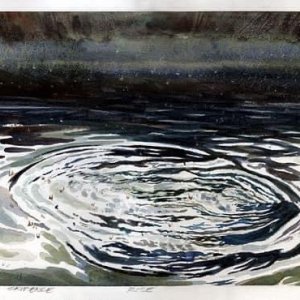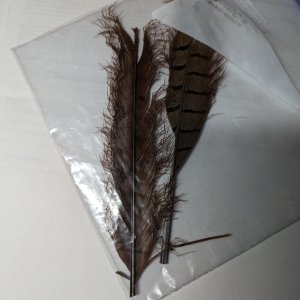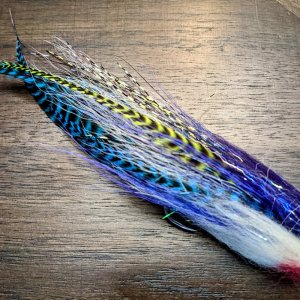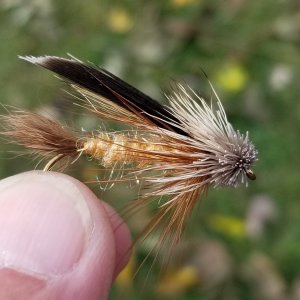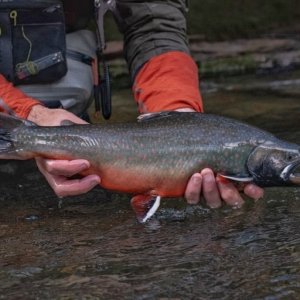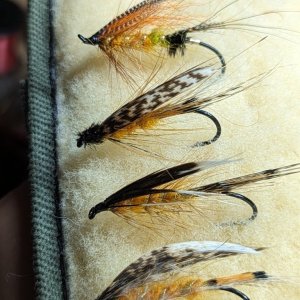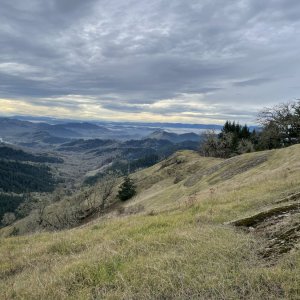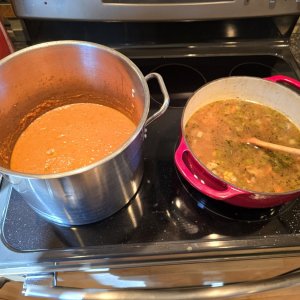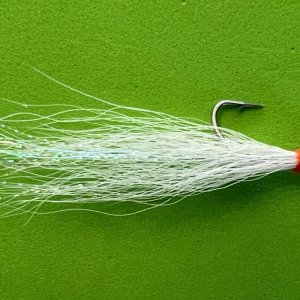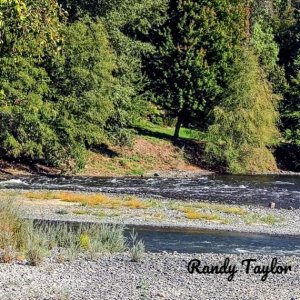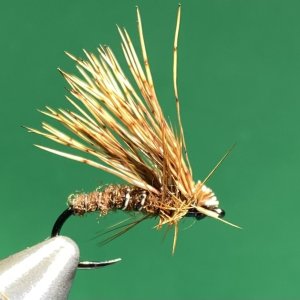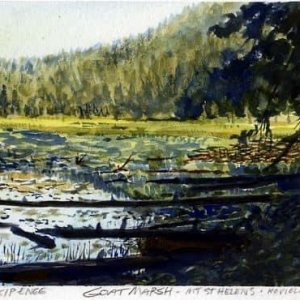I might ruffle some feathers with this one, but here it goes: Why is this fishery so passionately advocated for? All the fish being caught are immature fish that still have time to grow, in terms of SRKW conservation, this fishery probably does the most to reduce their food sources in Puget Sound as it takes the fish out of the water before they get the chance to grow large enough to become prey. In terms of fishery quality, this fishery seems to have the highest impacts on undersized fish, both wild and hatchery, of any fishery in Puget Sound. Also, if you left those 22" 4 pound fish in the water in November, you would easily end up with a 8 or 10 pound fish come July. Speaking of July: Every wild Chinook encountered is one less wild fish we can encounter in the summer time, when the much higher quality ocean fish return. While there is a particular romance with being out at sea in rough weather, (I'm sure it might be fun in a pilot house too) weather is keeping boats out of the water for a good chunk of the season.
The guys on the meathead forums (No offense meant, I'm a meathead once the downriggers come out too) complain endlessly about shaker impacts counting to the quota, but I have thrown back enough dead or dying shakers to know that anyone who thinks that style of fishing isn't killing undersized fish is deluding themselves. (Unrelated tangent, most interesting catch so far was an outmigrating sockeye that got hooked in the brain) If we had enough fish to sustain a good summer migratory, and winter resident Chinook season, without substantially negatively impacting wild runs, I would be all for it, and the only reason I didn't participate this year was an unservicable boat. But the fact of the matter is our wild stocks are not in a good enough position to handle this fishery. But this fishery seems to be advocated for harder than any other in the sound, including the much higher quality ocean coho and Chinook fisheries. Looking at old pamphlets there were plenty of years when Summer/Fall Chinook was closed to harvest while Blackmouth fisheries remained. I just cannot understand why so many anglers would rather harvest 2-8lb juvenile fish, than 8-25lb mature monsters.
What are you guys opinions? I'm more than happy to listen to opposing ones. And while we are at it, what do you guys think should be the future of this fishery? My idea would be to switch from a winter to a spring fishery, to give the subyearlings a chance to leave the sound, and for the barely legals to become retainable.
The guys on the meathead forums (No offense meant, I'm a meathead once the downriggers come out too) complain endlessly about shaker impacts counting to the quota, but I have thrown back enough dead or dying shakers to know that anyone who thinks that style of fishing isn't killing undersized fish is deluding themselves. (Unrelated tangent, most interesting catch so far was an outmigrating sockeye that got hooked in the brain) If we had enough fish to sustain a good summer migratory, and winter resident Chinook season, without substantially negatively impacting wild runs, I would be all for it, and the only reason I didn't participate this year was an unservicable boat. But the fact of the matter is our wild stocks are not in a good enough position to handle this fishery. But this fishery seems to be advocated for harder than any other in the sound, including the much higher quality ocean coho and Chinook fisheries. Looking at old pamphlets there were plenty of years when Summer/Fall Chinook was closed to harvest while Blackmouth fisheries remained. I just cannot understand why so many anglers would rather harvest 2-8lb juvenile fish, than 8-25lb mature monsters.
What are you guys opinions? I'm more than happy to listen to opposing ones. And while we are at it, what do you guys think should be the future of this fishery? My idea would be to switch from a winter to a spring fishery, to give the subyearlings a chance to leave the sound, and for the barely legals to become retainable.

